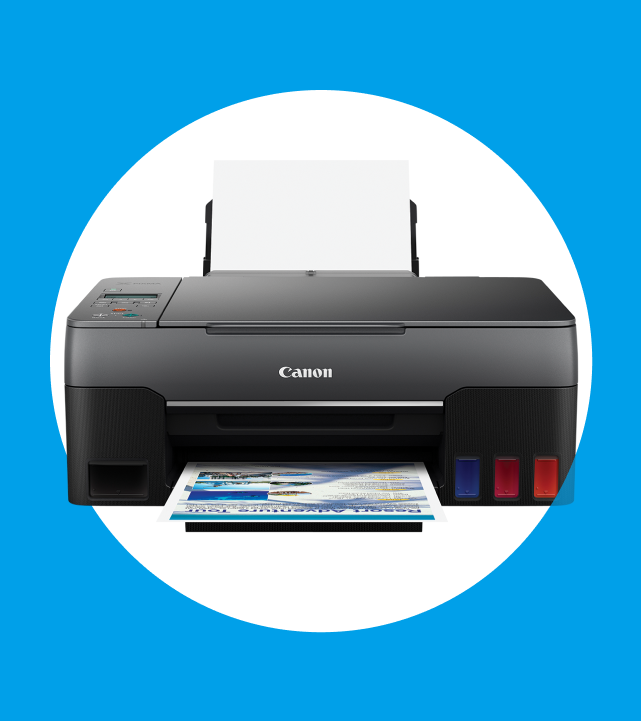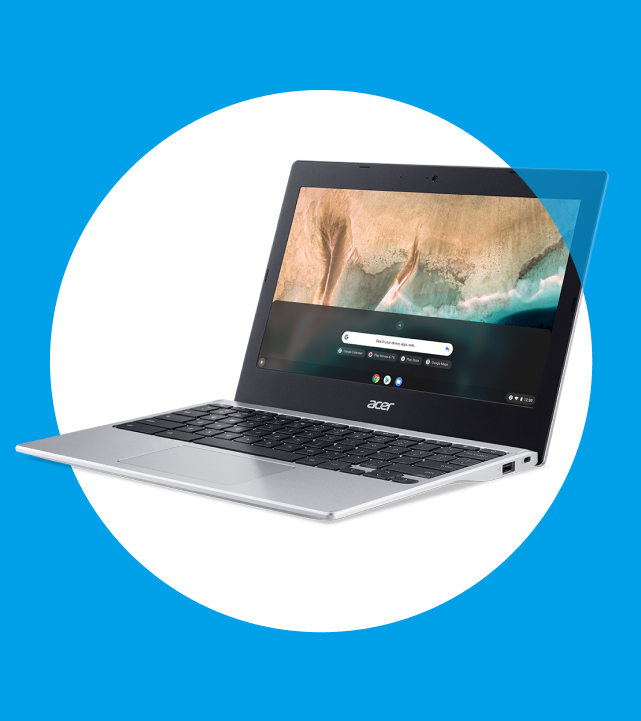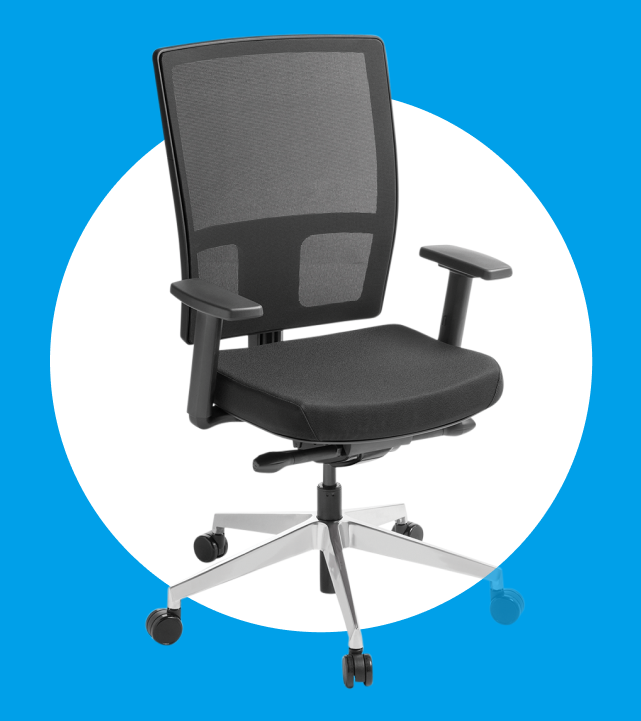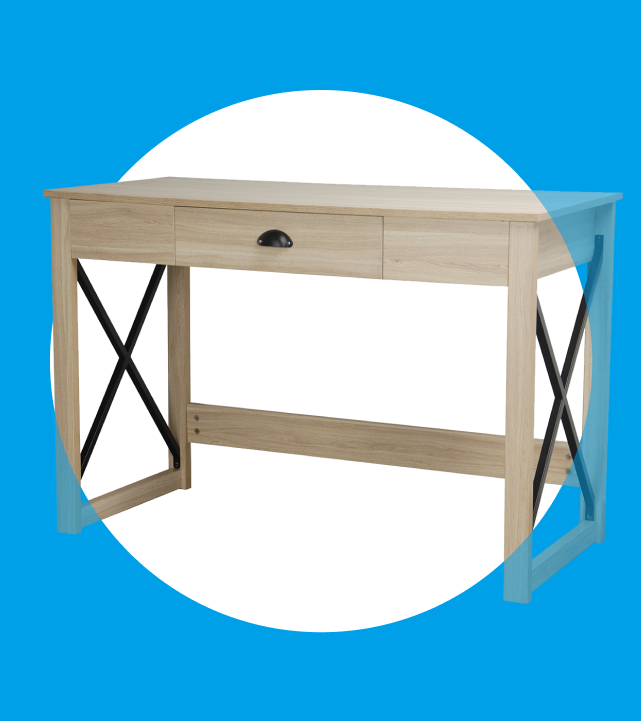WORK PLACE
Choosing the best small business printer for your office
It’s no secret that many aspects of running a modern business are digital. However, the age-old dream of a paperless office is still just that. This means there’s simply no getting away from the need for your small business to have a dependable multifunction printer (MFP) that you can use to print, scan and copy important documents.
Lucky then that the best all-in-one printers are now within reach of even a budget-conscious small business owner.
But with so many options, how do you choose a printer that will meet your needs AND fit your budget?
This article will help you think through which features and functionality are must-haves and which you can do without.
Inkjet or laser?
When things get hectic, your printer needs to keep up.
If speed is a crucial factor, then laser printers like the example below may be the best option because they are generally faster than inkjet printers.
However, you’ll need to balance this against the fact that laser printers tend to be more expensive than inkjets because of their more sophisticated technology.
Add a bit of colour to your (work) life
The costs associated with colour printing are reasonable these days, and being able to print in colour is a requirement for many office tasks. But if all you’re doing is printing large volumes of legal agreements, then a monochrome printer may be just fine for your business. Bonus: they are also cheaper to run on the whole.
Keep in mind, though, that you can always switch your settings to black and white on a colour printer.
Taking sides
Historically, you had to have a laser printer if you wanted to do automatic double-sided printing (also known as “duplexing”). But over the years inkjets have caught up and you can now get this capability on many models. If you need to do double-sided printing at speed, though, a laser printer may still be the better option.
Smile wide; A3-wide…
Do you need A3-sized printing? If so, how often? If you only have an occasional need to print in large format, outsourcing may be a better option. But if you will have a regular need, look for models that allow you to use oversized paper, such as the inkjet printer below.
The LCD display – a window into your printer’s soul
The size and quality of the LCD screen is one feature that people don’t usually think about, but it may be important if you do a lot of 'walk-up' office jobs, such as scanning and copying, or printing documents from a USB stick.
A decent sized touch-screen display can save you a load of frustration if you often interact with your printer in an up-close-and-personal way.
Printing with your head in the cloud
If you need to print remotely from various devices, a Wi-Fi-enabled printer can simplify your life significantly.
In fact, with bring-your-own-device (BYOD) usage on the rise, enabling staff to print from their phone or tablet could be essential.
Bear in mind, though, that if you go for wireless printing, you will need to be mindful of possible network security issues. This may mean getting specialist IT help with setup, which could add to the total cost of the printer.
Saving the planet one page at a time
While MFPs are great for solving diverse tasks, one notable drawback is that some of them consume a lot of power. If you’re concerned about how a particular printer will affect your electricity bill, you can check its ENERGY STAR rating on EECA’s ENERGY STAR page.
Total Cost of Ownership, or ‘Why the shelf price is only one consideration’
All else being equal, it’s tempting to let the printer’s shelf price be the deciding factor when choosing one model over another. But a cheaper shelf price, possibly with the added sweetener of a cashback offer, may not put a smile on your accountant’s face if that rebate is dwarfed by high ongoing running costs.
Like any other business asset purchase, crunch the numbers and be sure they make financial sense.
Consumables, a.k.a. the hidden cost of printer ownership
Once installed, your small office printer will need to be fed and watered regularly with ink and paper, so working out the ongoing cost of both is a good way to start comparing the long-term running costs for different printers.
When it comes to ink, rather than focusing on the upfront cost of printer cartridges, the more important metric is the cost-per-page (CPP), calculated by dividing the price of the printer cartridge by the number of pages it will print.
While the upfront ticket price for laser cartridges may be higher than inkjet cartridges, you may well find that the cost-per-page is lower.
Finally, you need to factor in the ongoing cost of buying paper. This can add up quickly, especially when calculated on an annual basis over several years. Remember that a printer capable of double-sided printing uses less paper and as such can help save on paper costs.
Don’t forget about maintenance
The other annual expense you should factor in is ongoing maintenance. While a new printer will be covered by a warranty, in the long run there will be costs for ongoing upkeep and replacement of worn parts, especially for laser printers.
You could manage this on an as-needed basis, or choose a service agreement based on a fixed annual contract or on your volume of printing. Make sure you understand what this will cost and exactly what maintenance is (and isn’t) covered by the agreement.
Whatever way you decide to handle the maintenance question, save yourself a major headache by buying your machine from an authorised dealer.
Take your time to work out what’s best for you
There is no one-size-fits-all when it comes to choosing the best printer for your small business, and with so many features and options to consider, it’s important to take your time and weigh up the pros and cons as they relate to your budget and requirements.
A considered and informed decision now will help save you considerable money in the long run.



